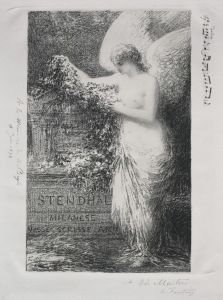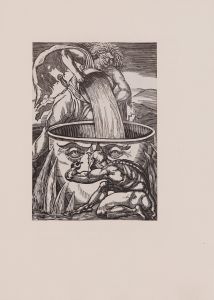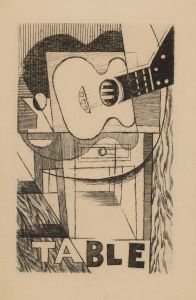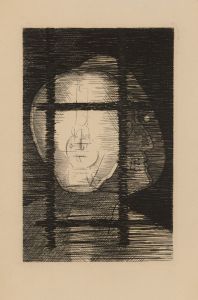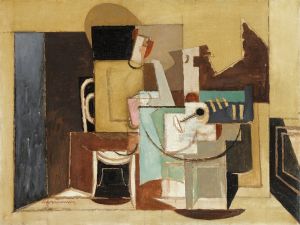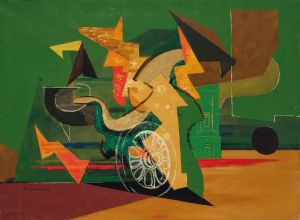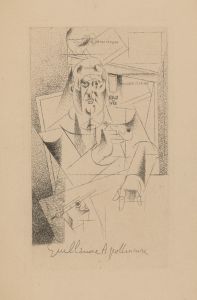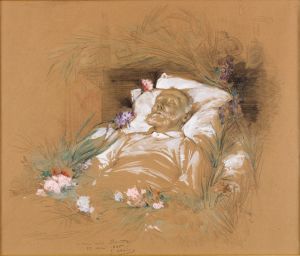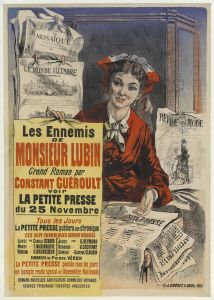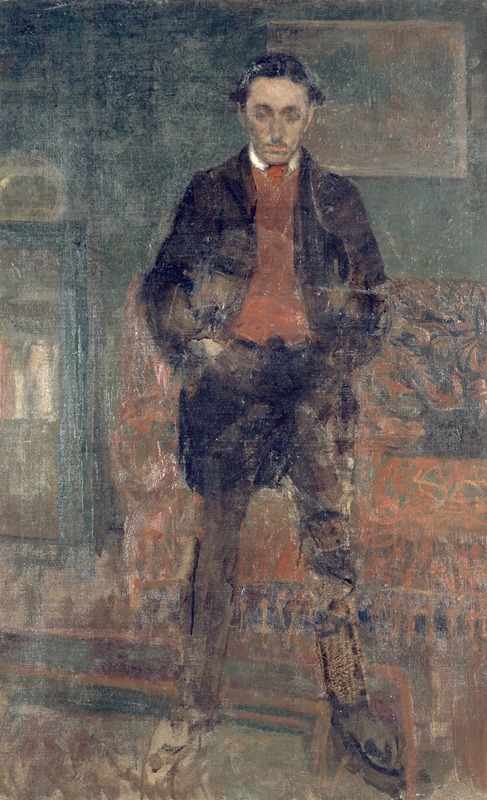
Roland Dorgelès , romancier
A hand-painted replica of Louis Marcoussis’s masterpiece Roland Dorgelès , romancier, meticulously crafted by professional artists to capture the true essence of the original. Each piece is created with museum-quality canvas and rare mineral pigments, carefully painted by experienced artists with delicate brushstrokes and rich, layered colors to perfectly recreate the texture of the original artwork. Unlike machine-printed reproductions, this hand-painted version brings the painting to life, infused with the artist’s emotions and skill in every stroke. Whether for personal collection or home decoration, it instantly elevates the artistic atmosphere of any space.
Louis Marcoussis was a Polish-French painter and engraver known for his contributions to the Cubist movement. One of his notable works is the painting "Roland Dorgelès, romancier," which depicts the French novelist Roland Dorgelès. This painting is a significant example of Marcoussis's style and his engagement with literary figures of his time.
Marcoussis was born Ludwik Kazimierz Wladyslaw Markus in Warsaw in 1878. He moved to Paris in 1903, where he became part of the vibrant artistic community. Initially, he studied at the Académie Julian and was influenced by Impressionism and Post-Impressionism. However, his style evolved significantly after he encountered Cubism, a movement that was gaining momentum in the early 20th century. Marcoussis became associated with leading Cubist artists, including Pablo Picasso and Georges Braque, and began to incorporate Cubist techniques into his work.
"Roland Dorgelès, romancier" is a portrait that reflects Marcoussis's mature Cubist style. The painting captures the essence of Dorgelès, who was a prominent literary figure known for his novel "Les Croix de bois" (Wooden Crosses), which depicted the harsh realities of World War I. Dorgelès's work was celebrated for its vivid portrayal of the war experience, and he was a respected member of the French literary community.
In Marcoussis's portrait, the influence of Cubism is evident through the fragmented forms and geometric shapes that compose the image. The use of muted colors and the interplay of light and shadow create a sense of depth and complexity, characteristic of Marcoussis's approach to portraiture. The painting not only represents Dorgelès as an individual but also captures the intellectual and cultural milieu of the time.
Marcoussis's relationship with literary figures extended beyond Dorgelès. He was part of a broader artistic and intellectual network in Paris, which included poets, writers, and other artists. This interaction enriched his work and allowed him to explore themes that resonated with the literary and artistic movements of the era.
Throughout his career, Marcoussis continued to develop his unique style, blending elements of Cubism with his personal artistic vision. His work was exhibited in various galleries and exhibitions, gaining recognition for its innovative approach and technical skill. Marcoussis's contribution to the art world was significant, and his portraits, including "Roland Dorgelès, romancier," remain important examples of early 20th-century modernism.
In summary, "Roland Dorgelès, romancier" by Louis Marcoussis is a testament to the artist's engagement with the Cubist movement and his connection to the literary figures of his time. The painting not only portrays a notable novelist but also reflects the dynamic cultural landscape of early 20th-century Paris. Marcoussis's work continues to be appreciated for its artistic merit and its role in the development of modern art.





